What’s the best bedding for sensitive skin? A guide for allergy sufferers
16th Jun 2025
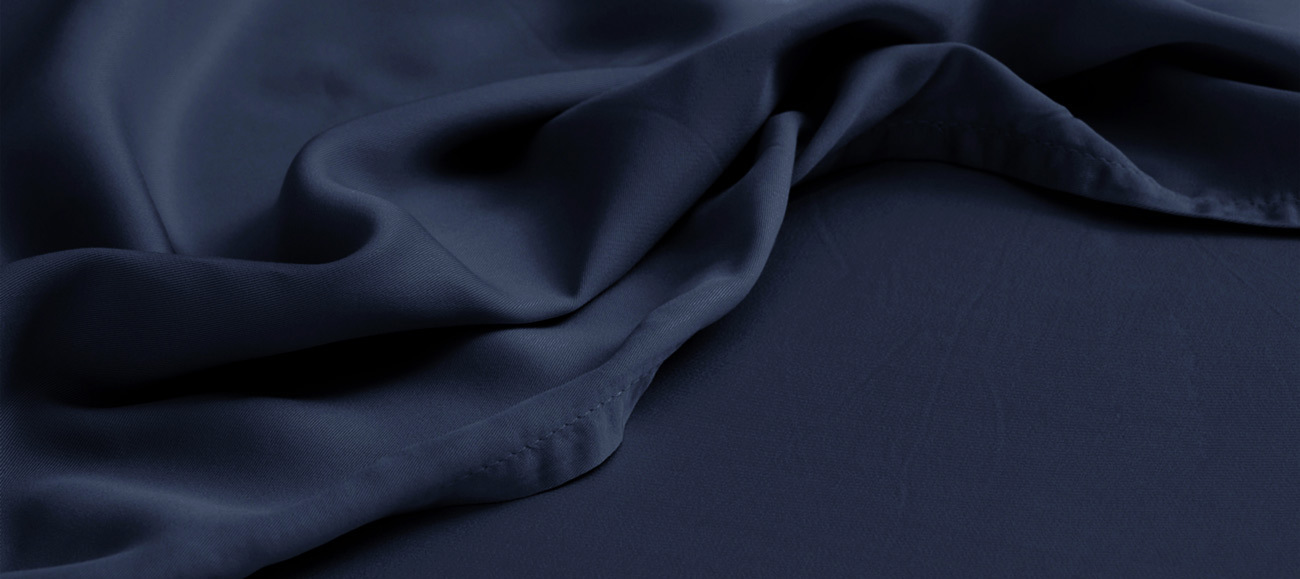
If your nights are filled with tossing, turning, and sneezes galore, your bedding might be the culprit.
For those with sensitive skin or allergies, choosing the right sleep setup can make all the difference. From the fabrics you sleep on to the detergent you wash them with, every detail matters.
That said, everyone’s skin and sensitivities are different. If you’re managing severe allergies or chronic skin issues, it’s best to make changes one step at a time. What works wonders for one person might not be the perfect fit for another, but don’t worry, we’re here to guide you through the best options.
The best bedding for sensitive skin and allergy relief
1. Choose natural, breathable fabrics
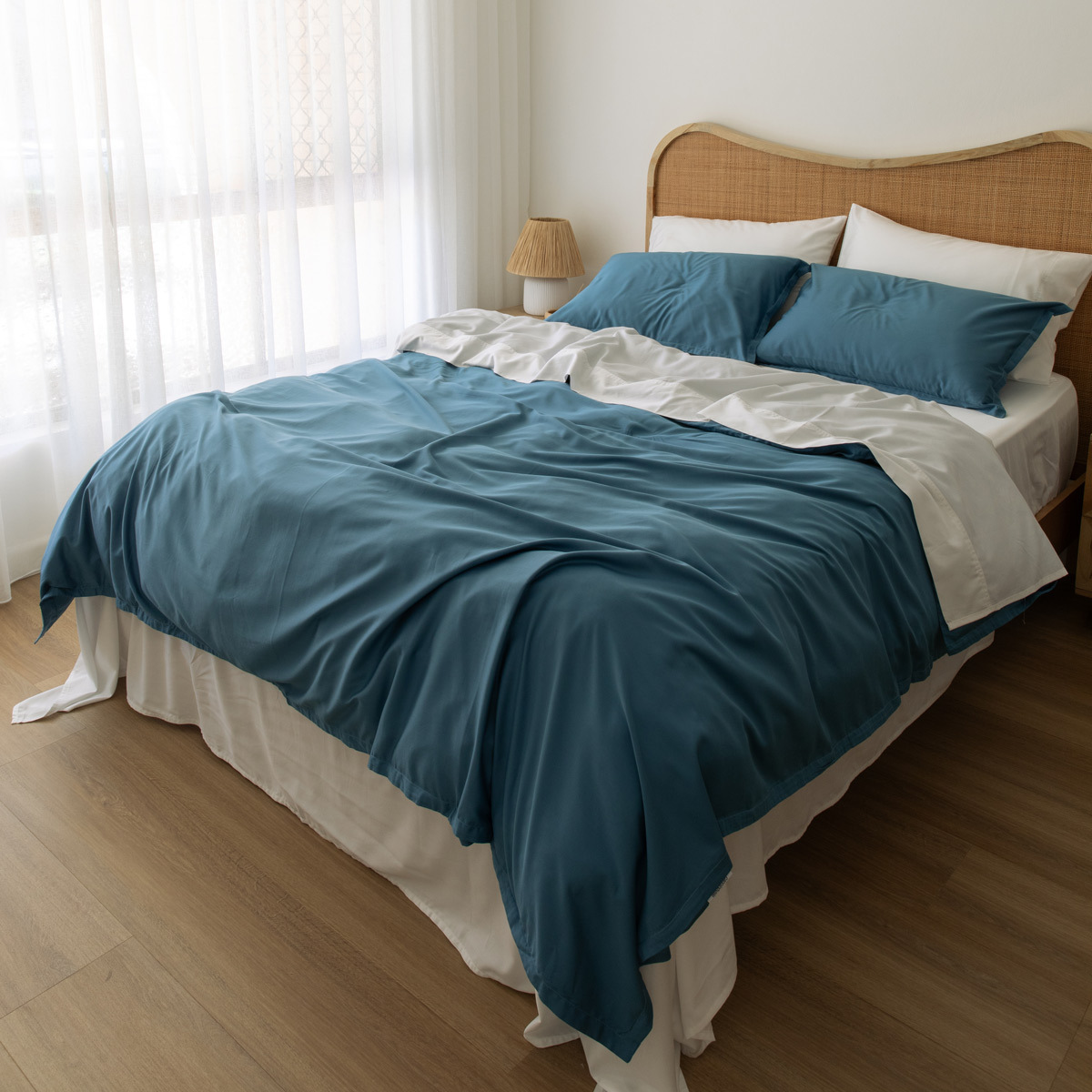
Synthetic fabrics can trap heat and moisture, creating a breeding ground for allergens like dust mites and mould. Natural fibres, on the other hand, are breathable and much gentler on sensitive skin
Bamboo is the real MVP here – it’s naturally hypoallergenic, moisture-wicking, and incredibly soft. Bamboo fibres contain a natural agent that helps resist bacteria and allergens, making it a brilliant choice for those with eczema, allergies, or reactive skin. Plus, it stays cool and breathable all night long – ideal for hot sleepers or anyone who regularly wakes up in a tangle of sweaty sheets.
Our recommendation: Alessia Bamboo Cotton Sheet Sets combines the skin-loving softness of bamboo with the strength and durability of cotton. The result? A perfectly balanced sheet that’s breathable, beautifully soft, and kind to sensitive skin.
Or try our luxury Lustro Bamboo Sheet Set. The ultimate treat for sensitive sleepers, Lustro is silky-smooth, naturally hypoallergenic, and designed for all-night comfort.
Our Picks:
2. Opt for hypoallergenic bedding
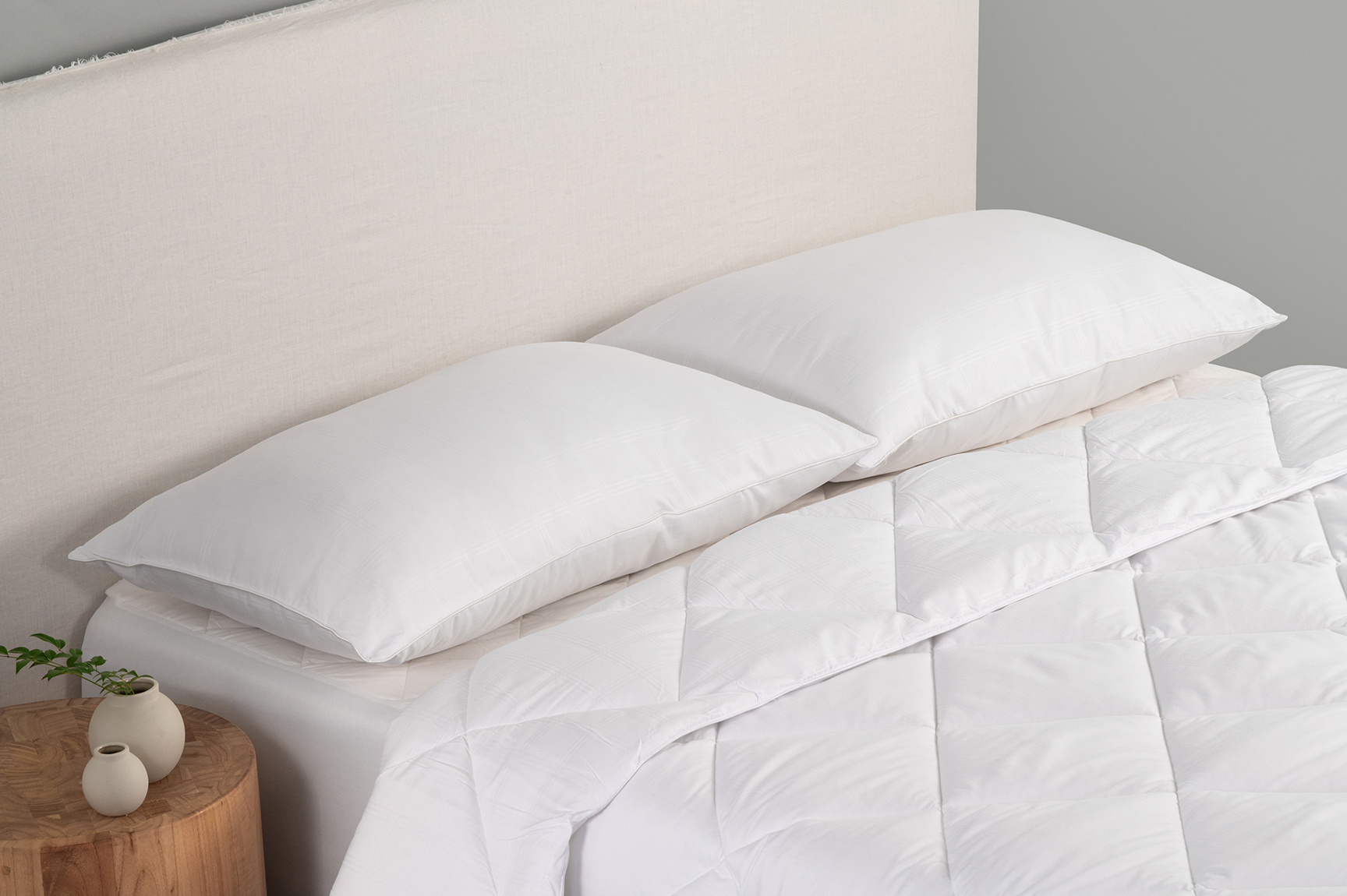
Feather and down quilts have long been loved for their luxe feel and insulating warmth, but for people with sensitive sinuses, allergies or asthma, they can be a bit of a nightmare.
This is where hypoallergenic bedding steps in. Designed to resist allergens and minimise irritation, these products are made with down alternative hypoallergenic fills that provide the same cosy feel, but without the sneezes or skin flare-ups.
Canningvale Recommendation: Hypoallergenic Down Alternative Quilt delivers all the plush comfort and loft of traditional down, but in a breathable, allergy-friendly form. It’s the perfect pick for anyone who wants the feel of luxury bedding without the risk of irritation.
Our Picks:
3. Maintain a clean sleep environment
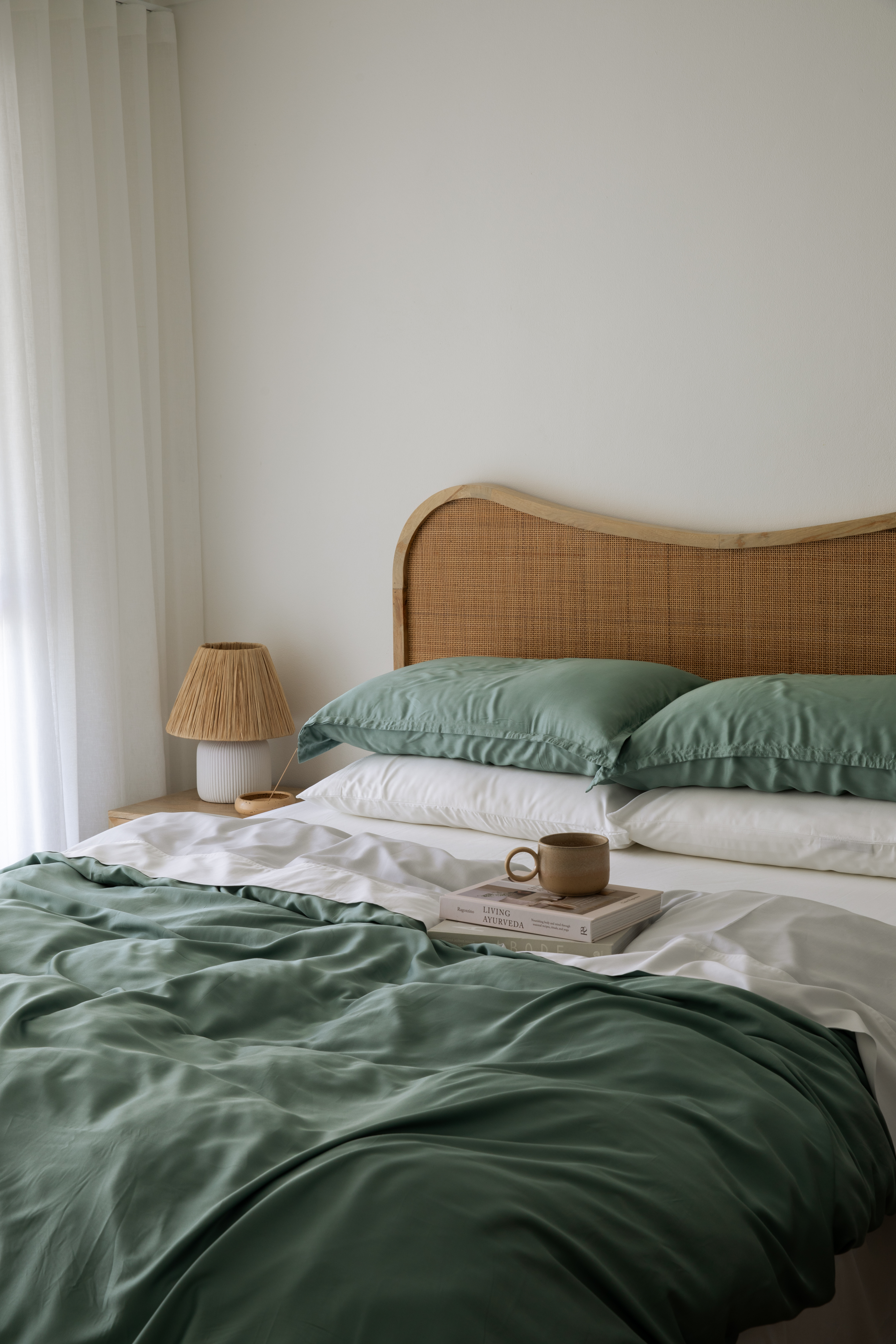
Regularly washing your bedding is one of the most effective ways to keep allergens like dust mites, pollen, and pet dander at bay. If you’re not sure you’re washing your sheets often enough, we’ve broken it all down in our popular guide: How Often Should You Really Wash Your Sheets?
Additionally, using protective covers for mattresses and pillows can create a barrier against allergens and extend the life of your bedding.
Our recommendation: Pair our hypoallergenic quilts and pillows with protective covers and a mattress protector to enhance your defence against allergens
Our Picks:
4. Keep your bedroom well-ventilated

Airing out your bedroom daily can reduce moisture and prevent the growth of mould and mildew. Consider using an air purifier to remove airborne allergens and maintain and clean sleep atmosphere.
Our Picks:
5. Choose gentler laundry care
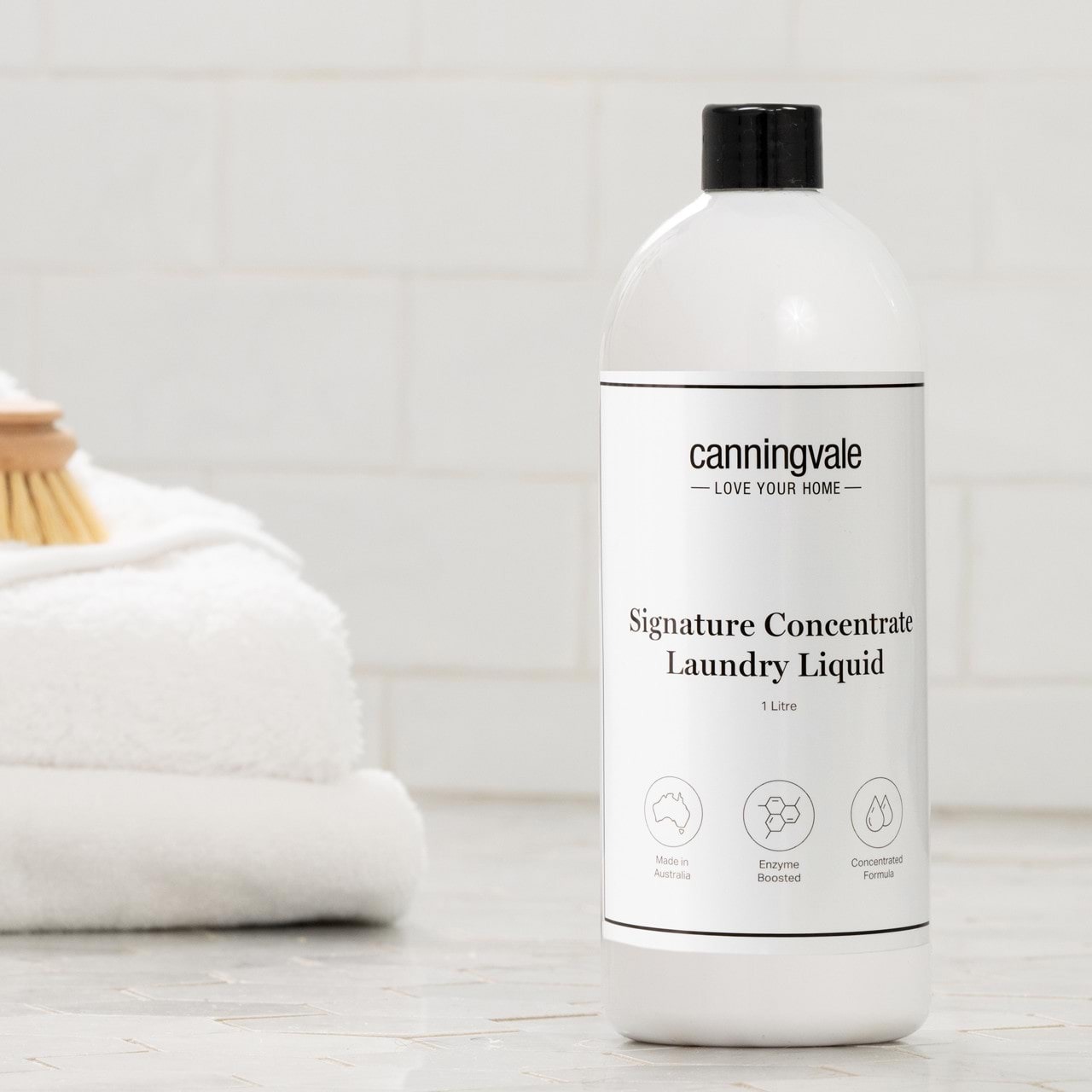
Sometimes it’s not the bedding – it’s what you’re washing it with. Harsh detergents packed with synthetic chemicals, dyes, or heavy fragrances can linger in your sheets and trigger skin irritation, especially for those with sensitivities.
Canningvale Recommendation: Our Signature Concentrate Laundry Liquid is specially formulated to be gentle on skin while still packing a punch on dirt and residue. It’s made to care for your bedding – and your skin – helping to maintain the softness of natural fibres without irritating additives. Plus, it’s ultra-concentrated, so a little goes a long way.
Pro tip: If you have very sensitive skin or are prone to allergic reactions, it’s always a good idea to do a small patch test. Try washing a pillowcase or a small item first to see how your skin responds before using any new detergent across all your bedding. Everyone’s skin is different, and we’re all about keeping yours comfy.
Our Picks:
Creating an allergen-free sleep environment doesn’t have to be complicated. By choosing natural, hypoallergenic bedding and maintaining a clean bedroom, you can significantly reduce allergens and enjoy a peaceful night’s sleep.
Just remember: if you have severe allergies or highly sensitive skin, take it slow. Introduce one change at a time and patch test when trying new products. Your skin (and sleep) will thank you.

 Bedroom Clearance
Bedroom Clearance







 Australian Dollar
Australian Dollar
 New Zealand Dollars
New Zealand Dollars
 US Dollars
US Dollars
